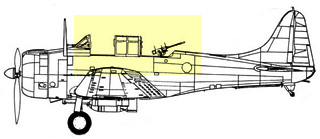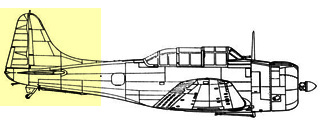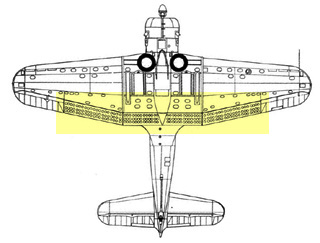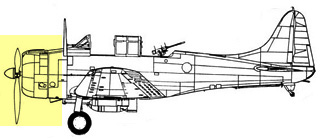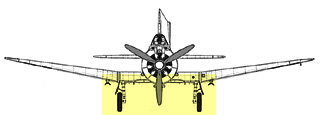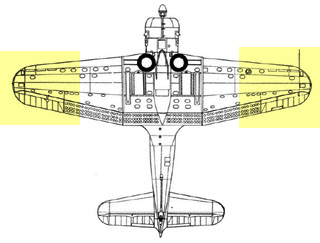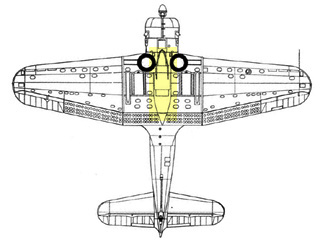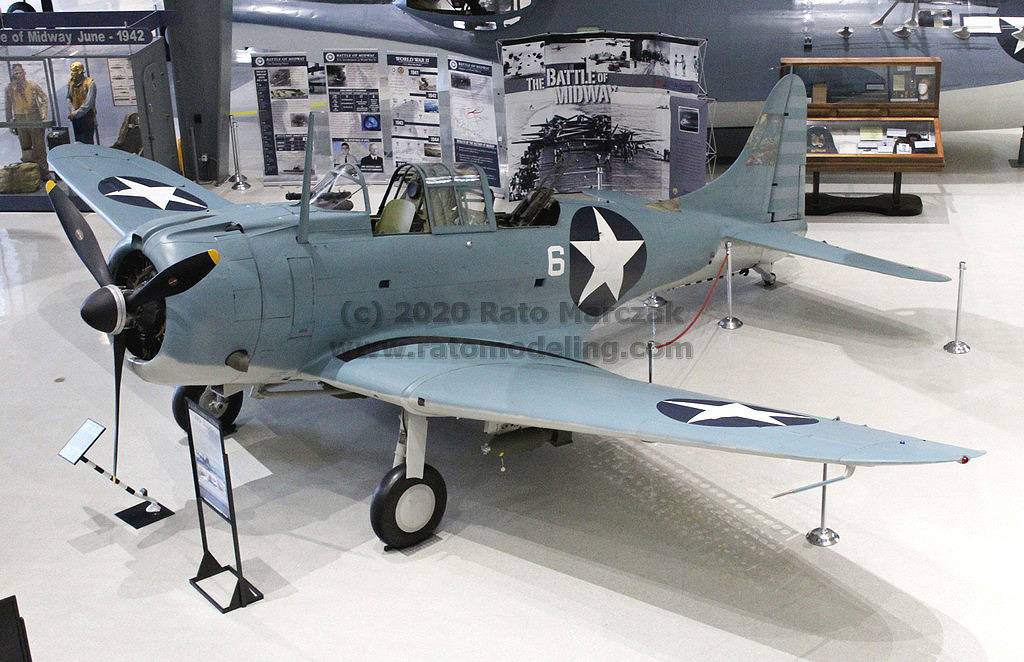
| Walkaround - Douglas SBD-2 Dauntless Bu.02106 |
| What: |
Walkaround - Douglas SBD-2 Dauntless Bu.02106 |
| Where: |
National Naval Aviation Museum, Penacola FL, USA |
| When: |
November, 3-5, 2019. |

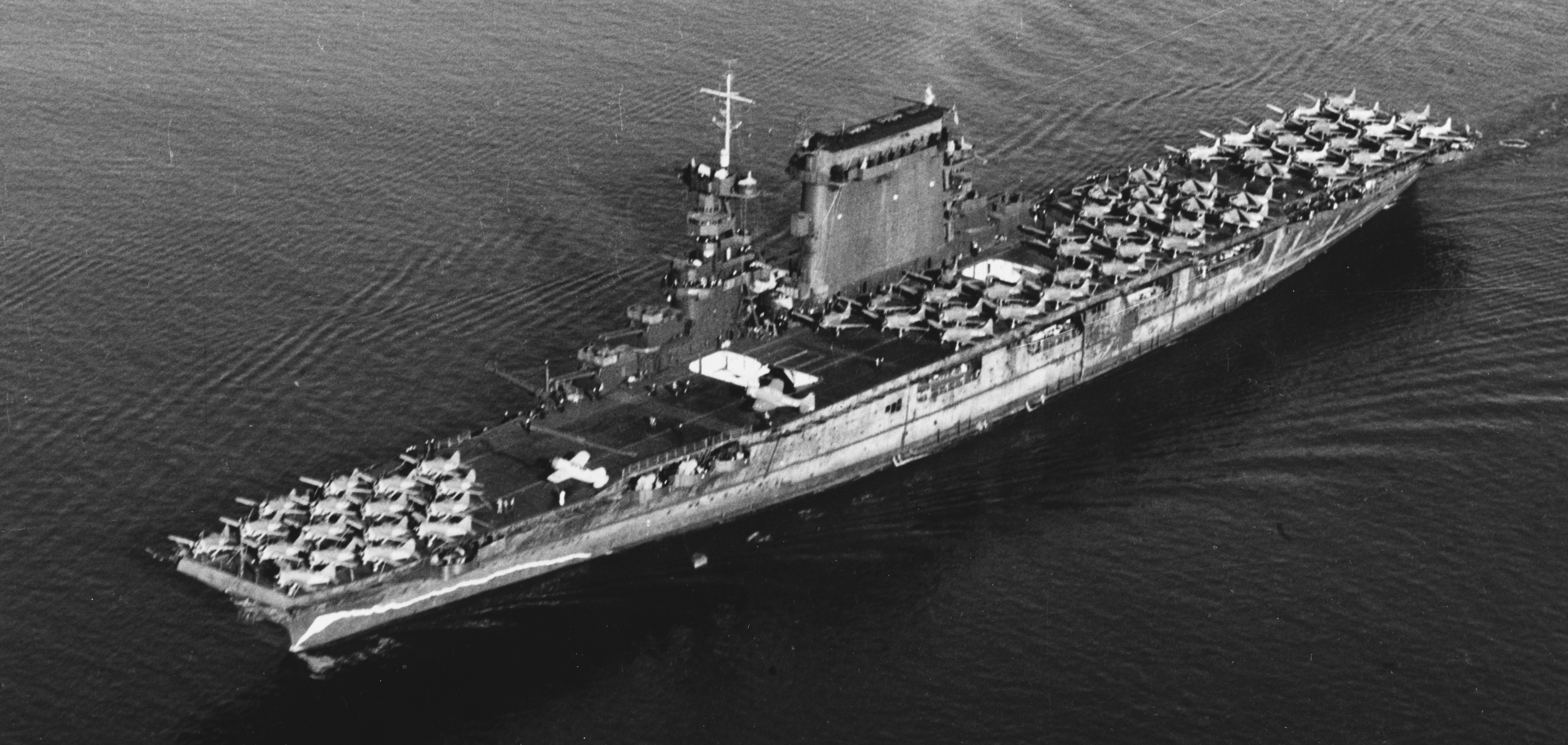
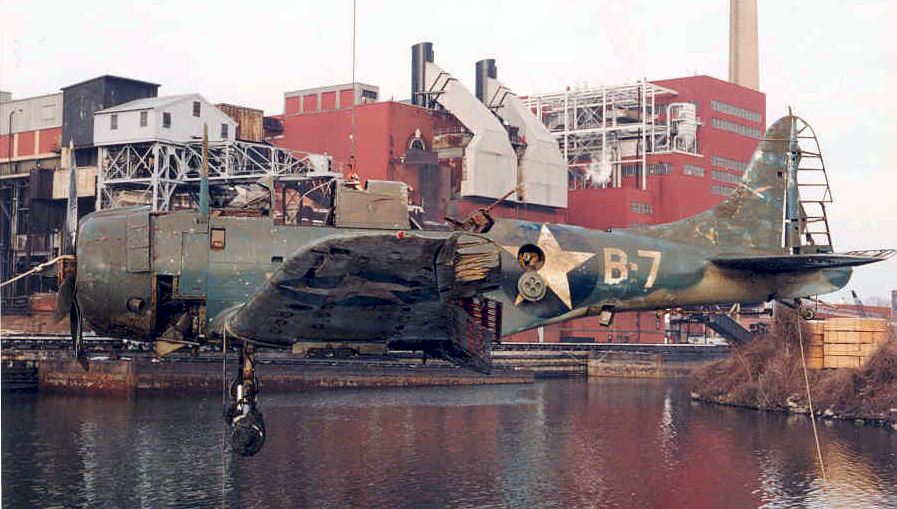
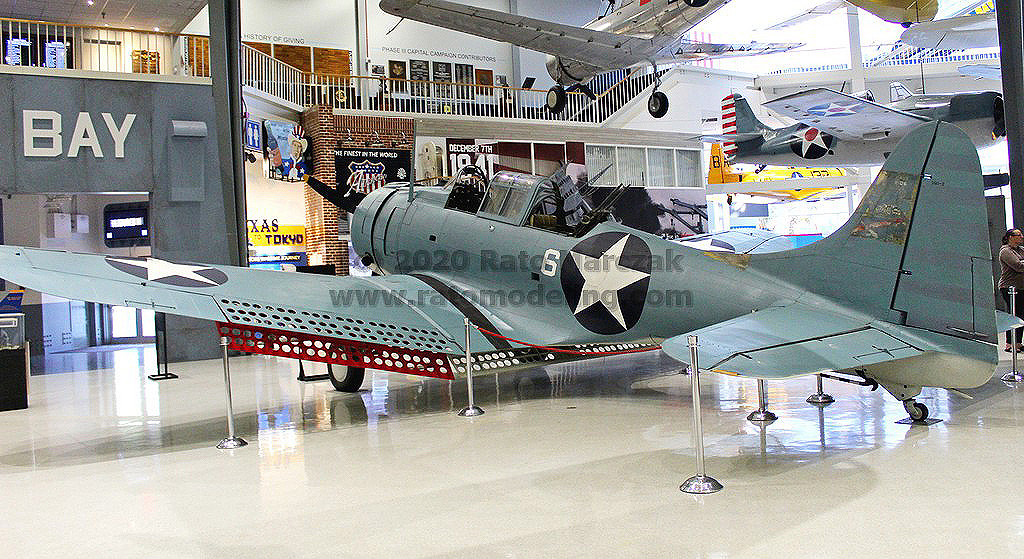
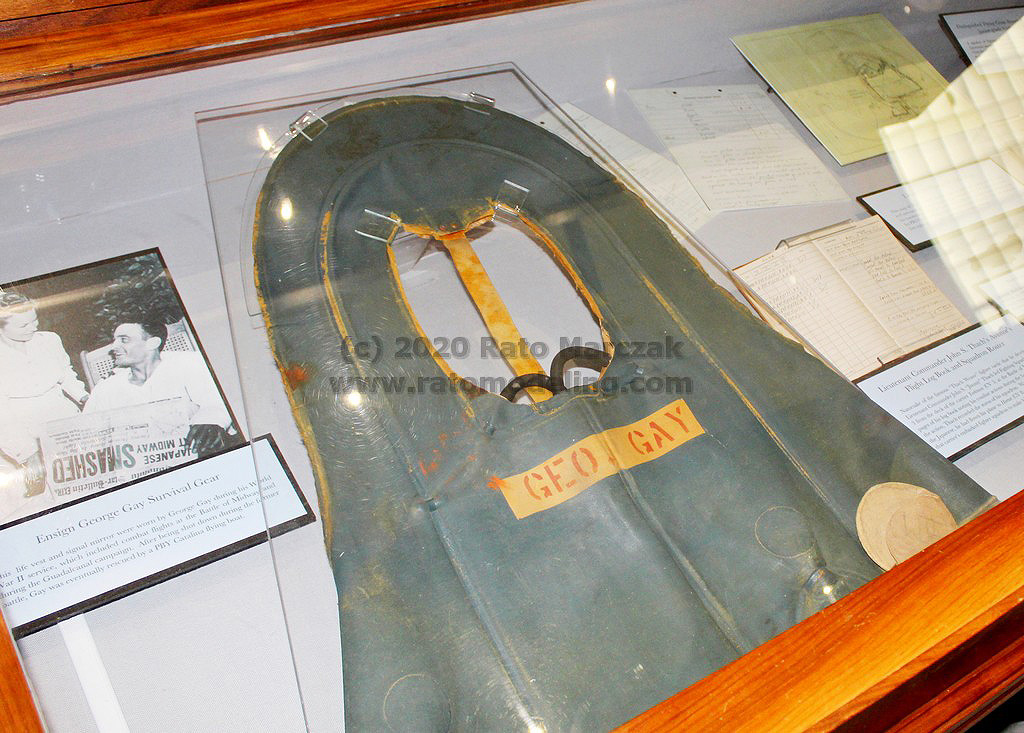
| Manufacturer | Douglas Aircraft Corporation |  | |
| Crew | 2 | ||
| Type | Scout plane / Dive bomber | ||
| First year of production | 1940 (first flight: Jan 5, 1940) | ||
| Production total | 5937 (all versions) | ||
| Engine | 1 × Wright R-1820-32 Cyclone 9-cylinder air-cooled radial piston engine | ||
| Engine rating | 740 kW (1000 hp) | ||
| Propellers | 3-bladed Hamilton-Standard constant-speed propeller | ||
| Maximum take-off weight | 4699 kg (10360 lb) | ||
| Empty weight | 2905 kg (6404 lb) | ||
| Maximum speed | 412 km/h (251 mph) @ 4300 m (14000 ft) | ||
| Cruise speed | 238 km/h (145 mph) | ||
| Range | 2220 km (1380 mi) | ||
| Fuel capacity | 980 l (260 US gal / 220 imp gal) in non-metallic self-sealing fuel tanks | ||
| Service ceiling | 8310 m (27260 ft) | ||
| Climb rate | 329 m/min (1079 ft/min) | ||
| Length | 9.80 m (32 ft 1 in) | ||
| Wingspan | 12.66 m (39 ft 4 in)) | ||
| Height | 4.14 m (13 ft 7 in) | ||
| Wing area | 30.19 m2 (325 sq ft) | ||
| Airfoil | root: NACA 2415 / tip: NACA 2407 | ||
| Wing loading | 141 kg/m2 (28.8 lb/sq ft) | ||
| Power/mass | 0.210 kW/kg (0.128 hp/lb) | ||
| Armament | 2×7.62 mm (0.3 pol) forward-firing synchronized Browning M2 machine guns in engine cowling 1×12.7 mm (0.5 pol) flexible-mounted Browning machine gun in rear 1×454 kg (1000 lb) bomb 2×45 kg (100 lb) bombs |
